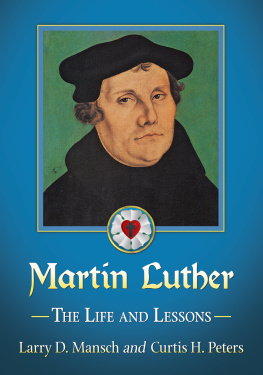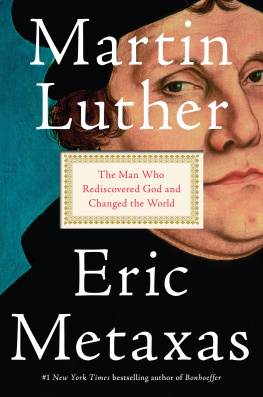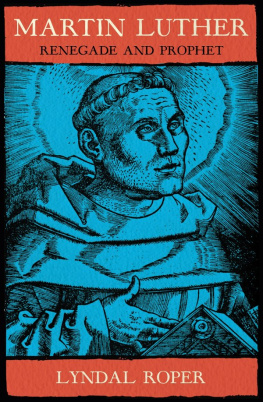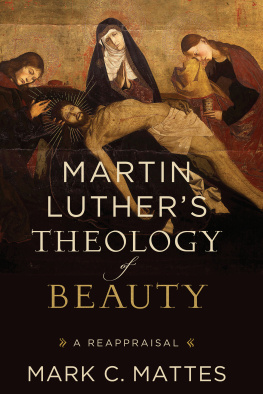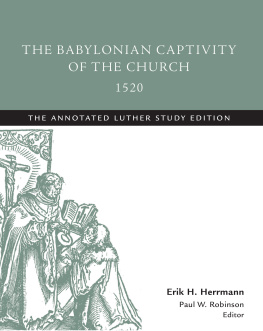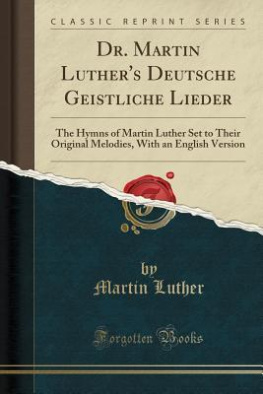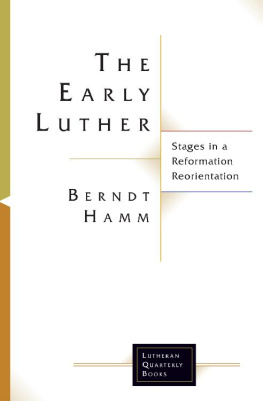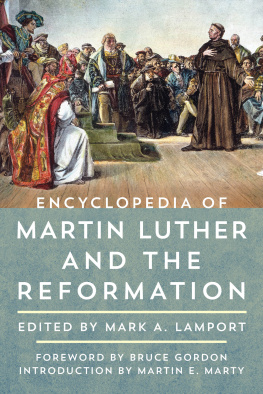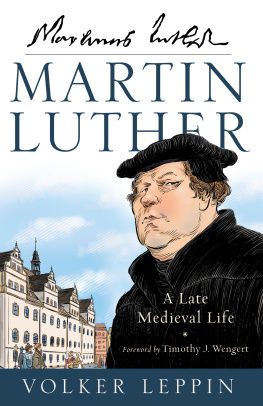
ALSO BY JAMES RESTON JR.

To Defend, To Destroy, A Novel, 1971
The Amnesty of John David Herndon, 1973
The Knock at Midnight, A Novel, 1975
The Innocence of Joan Little: A Southern Mystery, 1977
Our Father Who Art in Hell: The Life and Death of the Rev. Jim Jones, 1981
Shermans March and Vietnam, 1985
The Lone Star: The Life of John Connally, 1989
Collision at Home Plate: The Lives of Pete Rose and Bart Giamatti, 1991
Galileo: A Life, 1994
The Last Apocalypse: Europe at the Year 1000 A.D., 1998
Warriors of God: Richard the Lionheart and Saladin in the Third Crusade, 2001
Dogs of God: Columbus, The Inquisition, and the Defeat of the Moors, 2005
Fragile Innocence: A Fathers Memoir of His Daughters Courageous Journey, 2006
The Conviction of Richard Nixon: The Untold Story of the Frost/Nixon Interviews, 2007
Defenders of the Faith: Christianity and Islam Battle for the Soul of Europe, 15201536, 2009
The Accidental Victim: JFK, Lee Harvey Oswald, and the Real Target in Dallas, 2013


Copyright 2015 by James Reston Jr.
Published by Basic Books,
A Member of the Perseus Books Group
All rights reserved. Printed in the United States of America. No part of this book may be reproduced in any manner whatsoever without written permission except in the case of brief quotations embodied in critical articles and reviews. For information, address Basic Books, 250 West 57th Street, New York, NY 10107.
Books published by Basic Books are available at special discounts for bulk purchases in the United States by corporations, institutions, and other organizations. For more information, please contact the Special Markets Department at the Perseus Books Group, 2300 Chestnut Street, Suite 200, Philadelphia, PA 19103, or call (800) 810-4145, ext. 5000, or e-mail .
Set in 12 point Goudy Old Style
Library of Congress Cataloging-in-Publication Data
Reston, James, Jr., 1941
Luthers fortress : Martin Luther and his Reformation under siege / James Reston, Jr.First [edition].
pages cm
Includes bibliographical references and index.
ISBN 978-0-465-05797-9 (ebook)
1. Luther, Martin, 14831546. 2. Reformation. I. Title.
BR326.6.R47 2015
284.1092dc23
10 9 8 7 6 5 4 3 2 1
for
Reverend James Ashton Devereux
CONTENTS
T HIS IS THE STORY OF THE MOST INTENSE AND PIVOTAL PERIOD in the life of the great Reformer Martin Luther: the period from April 1521 to March 1522, when he was held in solitary confinement in the imposing castle called the Wartburg, after defending himself against the charge of heresy at the Diet of Worms. Months earlier, the Vatican had officially proclaimed him to be a heretic. At that conclave in Worms, through the so-called Edict of Worms, the Holy Roman emperor, Charles V, conferred double jeopardy on Luther by levying the most serious charge of the secular world against him, banning him as an outlaw. In the succeeding eleven months, Luther hid in terror, as the fear of being found and seized and eventually burned at the stake tormented him.
Like Luthers life, his movement also hung by a thread during this fraught period. His cohorts at the epicenter of the rebellion in Wittenberg, men who had rallied to his cause in the preceding years and whom the Vatican had also excommunicated, grew increasingly reckless in his absence, as Luthers time at the Wartburg wore on. If he perished, internal discord almost certainly would have undermined his movement. Luther and Lutheranism could easily have become an obscure footnote in history. At this great turning point in the history of Western civilization, the Protestant Reformation might never have happened at all.
At the Wartburg, beset by inner demons and physical torment, thrown back on his inner resources in secrecy and in solitude, the great Reformer could well have gone crazy. Instead, he wrestled courageously with the most profound questions of Christian life: priestly vows, celibacy, sexuality, priestly marriage, Heaven and Hell, obedience and dissent, ecclesiastical authority, and personal witness. He interpreted Holy Scripture for the common person. He pondered a Christianity devoid of papal guidance, fashioned a new scriptural doctrine, and reformulated biblical texts, all the while struggling at a distance to keep his fragile movement alive, vibrant, and safe from daunting external threat and internal dissension. Miraculously, Luther not only survived this ordeal at the Wartburg but flourished.
His literary output in these furtive months was astonishing: letters, sermons, essays, translations. He accomplished all of this even though he was suffering from physical ailments, and even though visions of a dire fate, hallucinations of Hell and Satan, and nightmares about his personal sinfulness troubled his mind. Indeed, without books to refer to during this period, he would succeed in changing the German language forever, as he would transform a rebellion against Rome into a lasting alternate religion.
Luthers burst of passion and brillianceand his amazing concentrationwould save his movement, impart to it a doctrine separate from Roman Catholicism, and give birth to Protestantism. Luthers accomplishments during this period catapulted him from the status of a lowly monk on the fringes of religious life in Europe to the pinnacle of Christian thought. Hounded into the Wartburg, he emerged with the strength and stature to face his persecutorsand triumph over them.
T HE PERIOD OF 1483 TO 1546, LUTHERS LIFESPAN, WAS AN era of giants: Henry VIII in England; Francis I in France; Charles V, the Holy Roman emperor presiding over most of Europe; the Medici popes, Leo X and Clement VIII in Rome; and Suleyman the Magnificent in Constantinople. It was a time of conflict between Charles V and Francis I in Italy, the sack of Rome in 1527 by Protestant forces from Germany, and the siege of Vienna by Suleyman in 1529 and 1532, when the Ottoman sultan threatened to spread the dominion of Islam all the way to the Rhine River. It was the time of Christopher Columbus and the opening of the New World, of Vasco da Gama and the opening to India, and of the Renaissance with its luminaries: Michelangelo, Leonardo da Vinci, Raphael, Albrecht Drer, and Machiavelli.
Luthers lifetime also saw the ascendancy of some of the most powerful and interesting popes Christendom had ever known. After the glorious celebration of the Christian Jubilee in the year 1500, Julius II was elected in 1503 and became known as the warrior pope, as he presided over the reconquest of Bologna and other important papal dominions in central Italy in his effort to prevent French and Venetian domination there. But his most lasting contribution was to order the destruction of the decrepit old basilica of St. Peters, the church of the popes, and to commission a monumental new building. Following the design of Donato Bramante, the new St. Peters Cathedral was meant to be a basilica that will take precedence over all the churches on earth and guarantee the security of the Christian religion.
It is this colossal project, and the way the Vatican proposed to pay for it, that is central to the Luther story.
Next page


